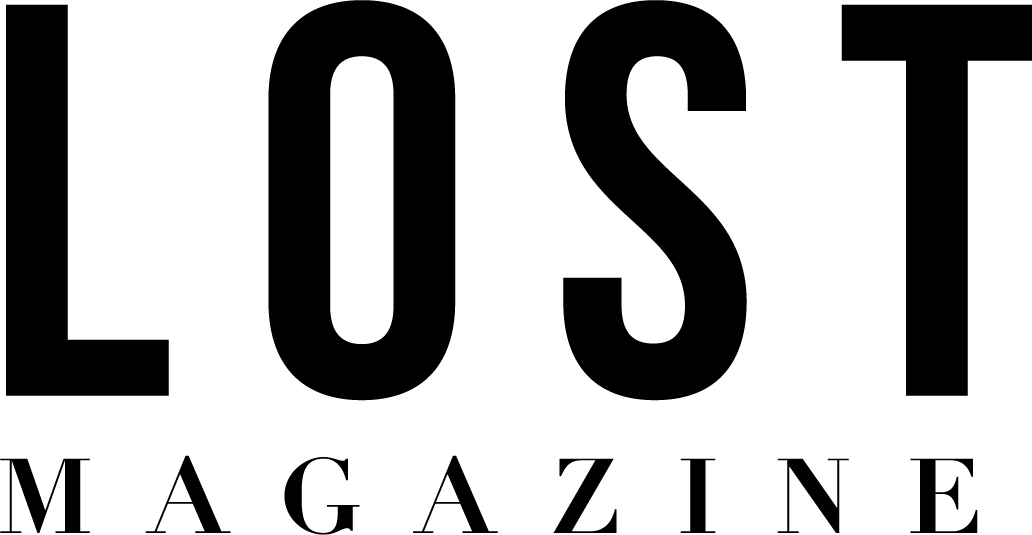Shepherding His Flock
S T O R Y A N D I M A G E S B Y R I C H A R D C O R N I S H
Suffolk sheep grazing at Oberon Stud, Musk, Victoria.
The grass is almost waist high and you can barely see the sheep. They are Suffolk, a breed of sheep that originated in England about 200 years ago with square bodies and open black faces which means they don’t have fleece on their face. Suffolk were bred specifically for meat. They have superb confirmation, meaning they have well-proportioned muscles that develop well as the animal grows. They lay down a good amount of fat under the skin to protect them from cold but also have the ability to lay down intramuscular fat, better known as marbling. This flock at Musk form part of Oberon Stud, around 100 breeding ewes and rams that are sold around Australia for the quality of their genetics.
Founder of the stud is farmer Bruce Rolfe. He runs his stud on two adjacent farms, one 25 hectares and the other 30 hectares. In the fertile, volcanic soil grows a mix of perennial and annual grasses. Bruce eschews chemical fertilisers instead embracing bio dynamic techniques to improve the soil fertility. “I like to keep a good cover of pasture,” he says. While the grass looks high, sheep are picky eaters. The sheep have not touched the tall clumps of cocksfoot and rye grass, something cattle would gladly wolf down. Instead they have selectively grazed the smaller, lower clovers, plantains and other grasses.
“What determines the way we farm here is the climate,” says Bruce. It’s the beginning of summer, it’s mid-morning but it’s still 8 degrees. “We are 700m above sea level and we are in a cold climate.” Suffolk have a fertility rate of 160% meaning that they often give birth to twins. During lambing, which happens in the depths of winter, Bruce is out at night taking his ewes and their new born lambs to the shed where they are protected from the cold. After a few nights in the shed they are returned to a small sheltered paddock and from there gradually merged into a larger flock. The young lambs and their mums are protected by two alpacas, animals with a fierce aversion to predatory wild dogs and foxes. “Suffolk are very good natured and easy to handle,” adds Bruce as he wanders over to an older ewe to give her a scratch on the head.
While Bruce sells his sheep as stud animals to other farmers he does ‘turn off’ some lambs for meat. He supplies chef Annie Smithers from Du Fermier with lambs from September to June. Suffolk lamb is superb. The skin crisps exceptionally well, the marbled meat is tender without being soft. Most importantly it carries a very deep meaty flavour and is incredibly well suited to roasting. There is a note of chagrin in Bruce’s voice when we start talking about meat. He is a man who breeds some of the best Suffolks in Australia. He spends his days taking note of the way they look, move, behave, mother their lambs, graze and rest. This flock is his life’s work. “For me as a farmer,” he says, “There is so much pleasure to be gained from observing these animals. They are so much more than consumable lumps of protein. They are simply beautiful animals to look at.”
If you’re interested in learning more about Suffolk sheep or thinking of getting a flock, visit Oberon Suffolk Sheep at suffolkstudsheep.com.au.
Bruce Rolfe, Oberon Stud, Musk in Victoria.


